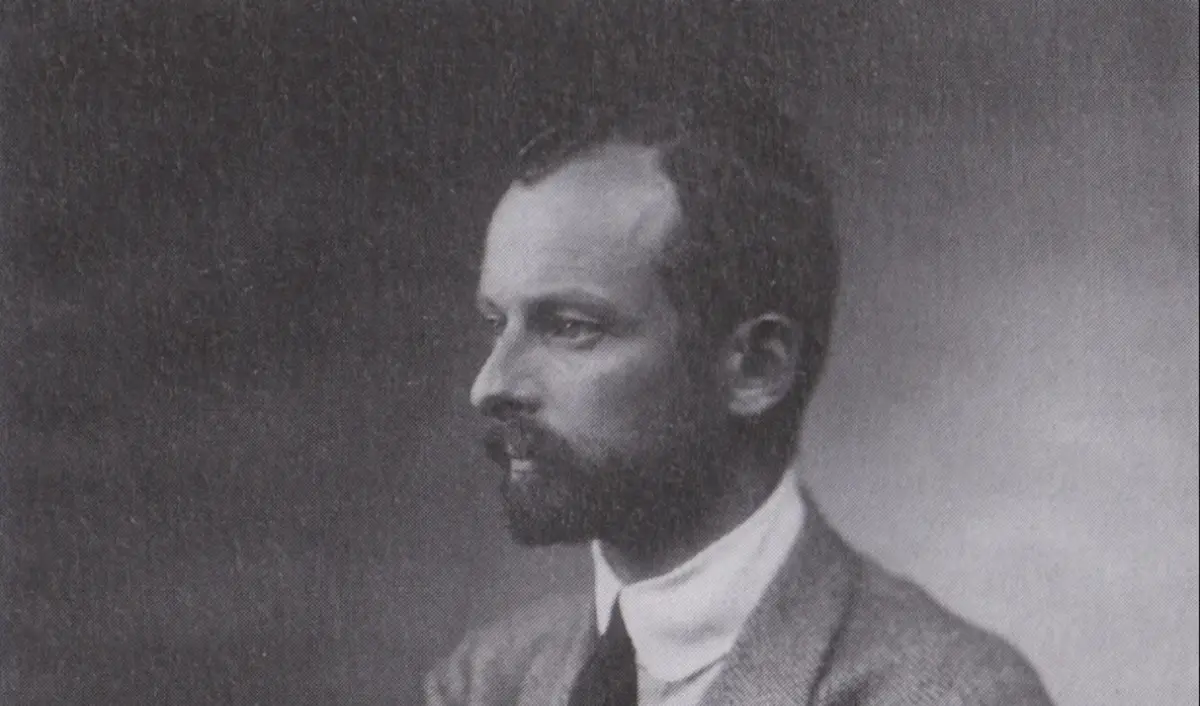
Helyszín címkék:
Nature lovers: the greatest Hungarian hunters
Hype&Hyper
Zsigmond Széchenyi (1898–1967)

Perhaps the most famous Hungarian hunter is Zsigmond Széchényi: he was a true adventurer, and thanks to his writing, even those who had never held a rifle before were hooked on hunting. Born into one of the most important Hungarian noble families, his great-great-grandfather founded the National Museum and his great-grandfather was the brother of István Széchenyi. Zsigmond grew up with the love of hunting, and by the time he was a teenager, he was already hunting deer in the Bakony Mountains. His first trip to Africa was in 1927, and he returned many times to hunt the noblest animals. In 1935 he shot an addax (mendes antelope) so large that he still holds the world record. Although his true passion has always been Africa, he has also visited India and Alaska. Several novels and travelogues have been written about these experiences.
Kálmán Kittenberger (1881–1958)

Similarly to Zsigmond Széchenyi, another emblematic figure of Hungarian hunting, Kálmán Kittenberger put his experiences on paper, and it is important to mention that he was a researcher-zoologist. Coming from a simple craftspeople’s family, it was not easy for him to finance even his studies, and for a long time, he could only dream of travelling far and wide. Luck finally smiled on him when they were looking for a taxidermist for an expedition to East Africa, a job Kittenberger excelled at. Finally, however, he could not join the Hungarian team, because malaria knocked him off his feet and he almost died. He learnt the local language while on recovery, and eventually he got out there, but was left on his own to do scientific research on his own. He spent sixteen years in Africa, with various interruptions. During this time, he assembled an invaluable collection for the museum and the Budapest ZOO. All the while, he not only hunted the animals, but tried to get to know them down to the smallest detail. His life was recently the subject of a film entitled Kittenberger – The Last Hunt.
Móric Esterházy (1881–1960)

He was one of the most important figures of the early 20th century in Hungary, the grandfather of the writer Péter Esterházy. He studied at Oxford University, where he met Queen Victoria and the young Churchill, but also corresponded with Franz Joseph. He was also present at the coronation of the last Hungarian king, who appointed him prime minister in 1917. He also became famous for game farming, which he inherited as a family legacy on his vast estate of around 100,000 hectares. The foundations he laid on the Vértes estate are still an important example for professionals today. Thanks to his good insights, the local deer population developed well after the World War poaching, and after 1925, they produced such impressive trophies that even Zsigmond Széchenyi highlighted them in one of his books. The prize-winning game were usually shot by Móric himself or by his son.
Sámuel Teleki (1845–1916)

Another count, respected not only by hunters. Samuel Teleki was a true restless adventurer: together with his Austrian companion, Ludwig von Höhnel, they carried out one of the most successful expeditions in East Africa in the 19th century. He was on good terms with Franz Joseph and Sissy’s son, Crown Prince Rudolf, whom he often invited to hunt bears in the Görgényi Mountains and to his castle in Sáromberke, decorated with trophies of big game he had caught on his travels. It was Rudolf who encouraged him to embark on his expedition to Africa, motivated not only by the desire to explore but also by the desire to capture elephants, buffaloes and rhinoceroses. He is credited with the discovery of Lake Rudolf and Lake Stefania, and the Teleki volcano still bears his name.





